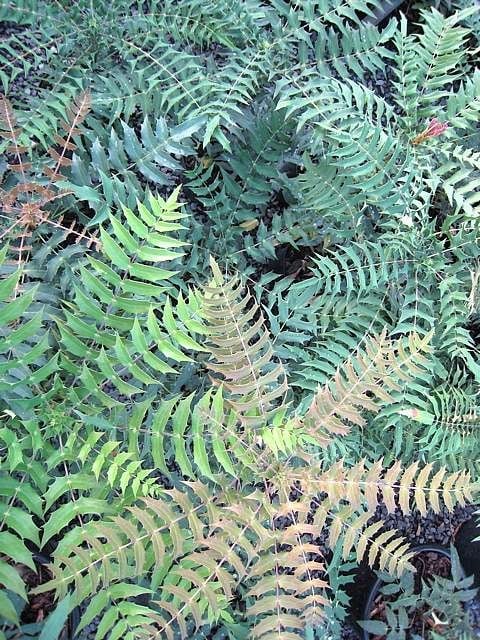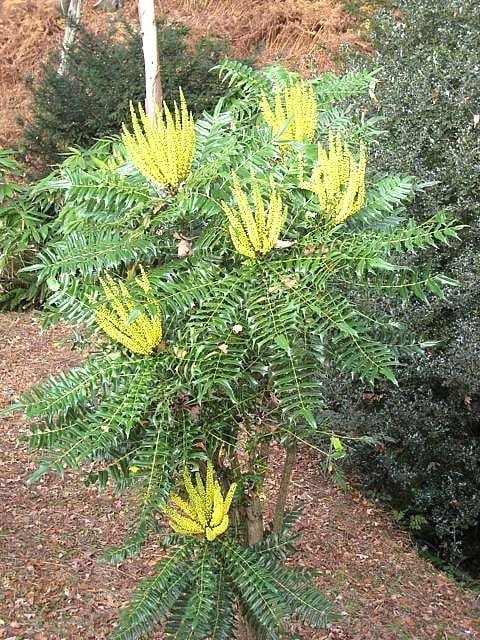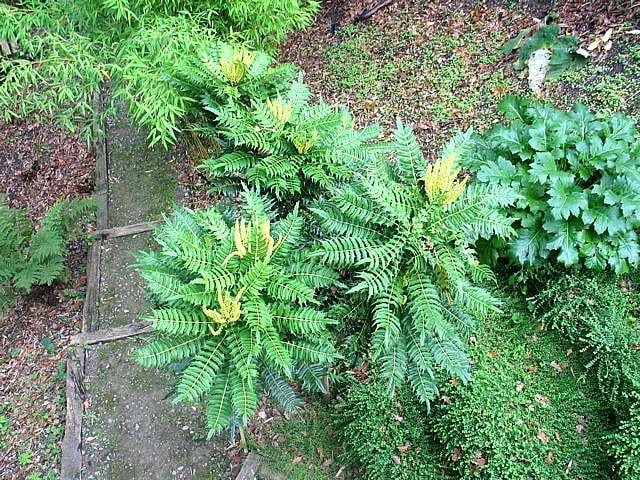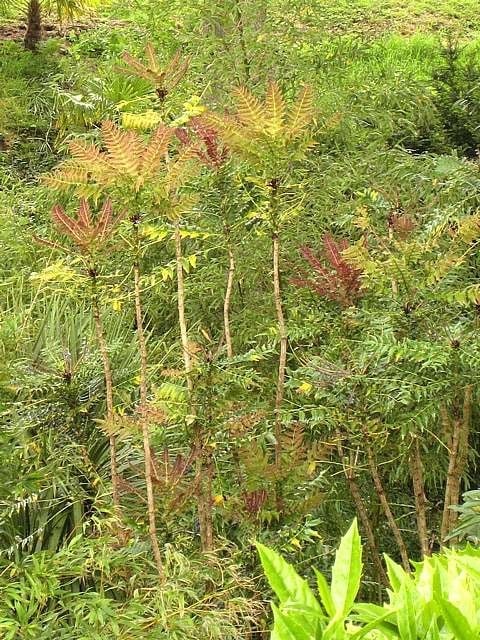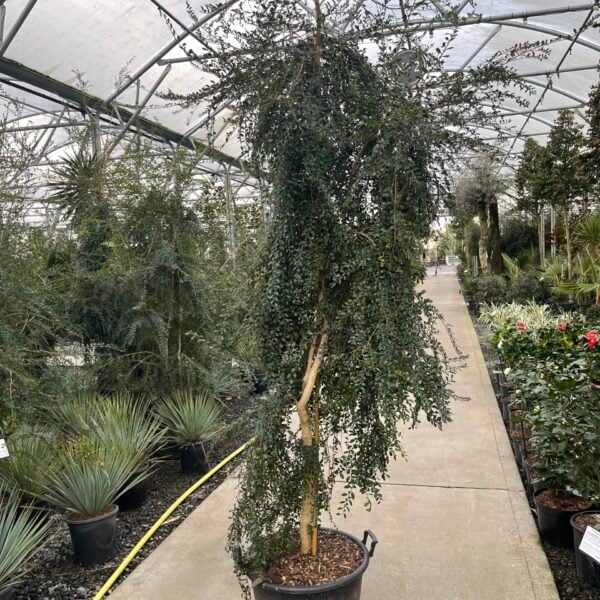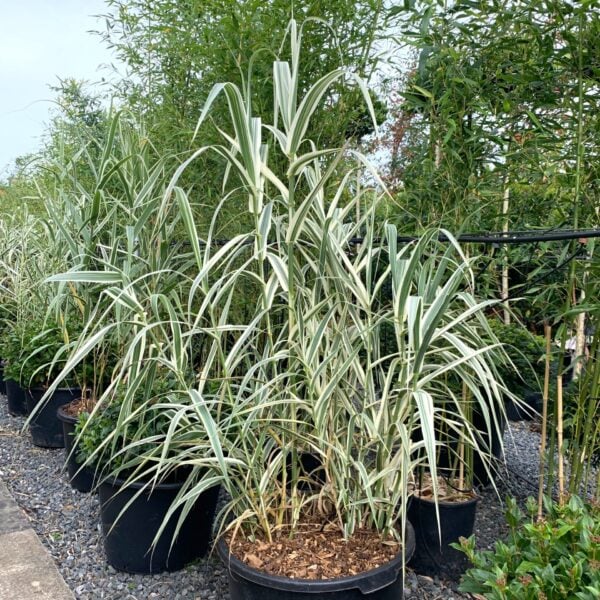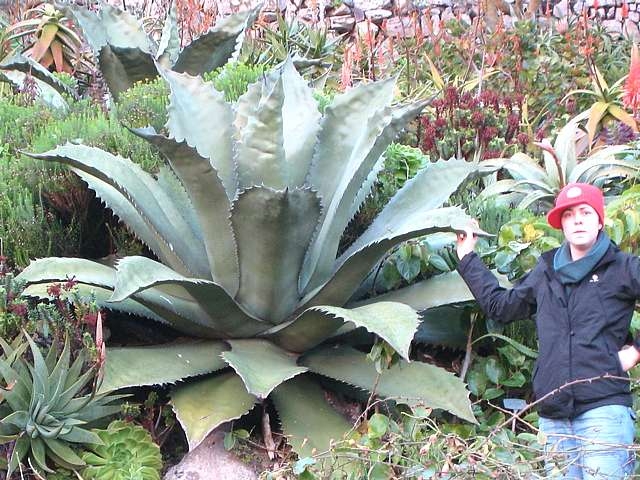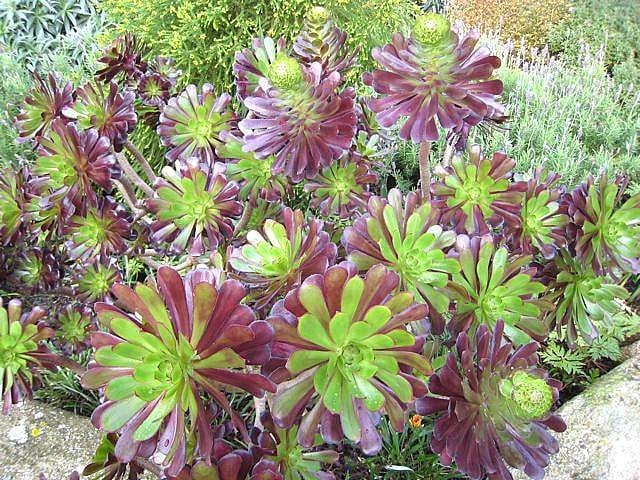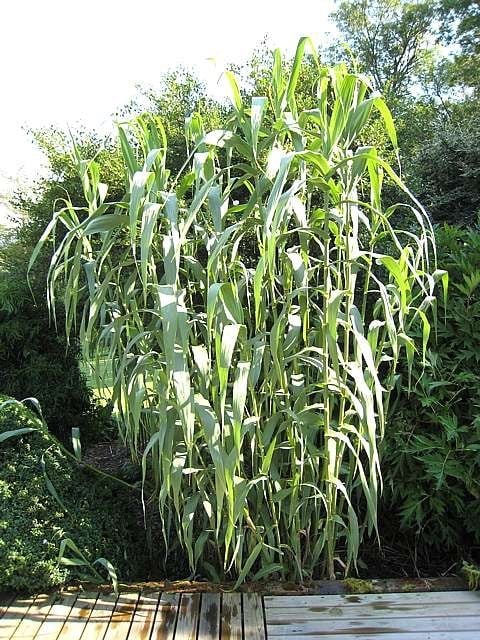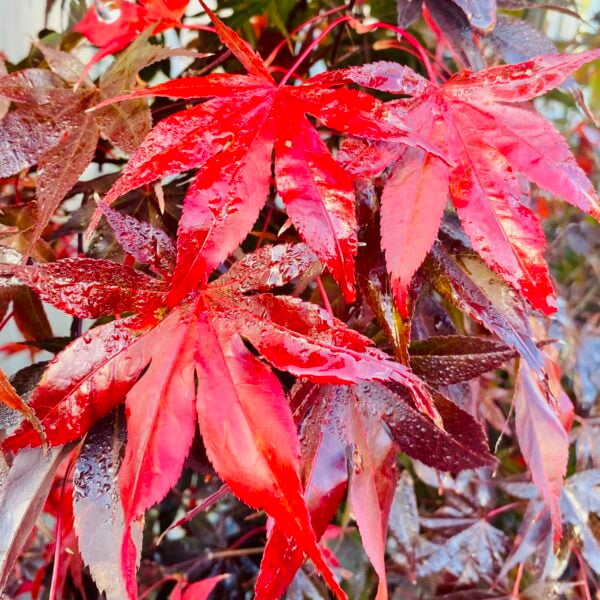Mahonia lomariifolia
Elegant and delicate to look at. Prickly to touch. A wonderful plant to observe from above with its mini-tree fern foliage. Masses of yellow flowers in autumn. 10ft in 10 years. Please contact us for stock availability and size.

Hardiness level Amber
The most elegant and sculptural of all the many Mahonias. Beautiful symmetrical rosettes of leaves on a multi-stemmed scaffold. Can grow to 12ft or more. Sun or partial shade. Yellow flowers in the autumn. The new growth is many hued - mostly reddish.
We've always felt this holds some well kept secrets but to unlock them needs the hand of a skilled secateurist with some advanced Creative Maintenance techniques up their sleeve. The rosettes of leaves have the same visual appeal - particularly when seen from above - as the much revered tree ferns (Dicksonia antarctica). The trouble is that (unlike tree ferns), Mahonias branch and produce so many of these rosettes that they all knock into each other spoiling each other's rosettes. The key is to have these rosettes at different heights. The solution is a combination of amputation (removing minor rosettes that imperil the integrity of major rosettes) and encouraging the branches to spread out with exactly the same purpose - to preserve the integrity of the major rosettes. This can be accomplished either by hemp string (pulling the branches away from each other) or (as we occasionally do on the nursery) using stout lengths of balsa wood with Vs cut in each end to push the branches apart. Bits of balsa wood stuck in your plants don't look great but branches 'set' surprisingly quickly and the string and the timber can be removed after a few months.
To those of you who enjoy this highly interventionist approach to gardening, the similarity to creating a Niwaki will not be lost on you.
To those of you who don't particularly enjoy this highly internationalist approach to gardening, just leave the poor thing alone. It'll be just fine.
Propagated by us from seed. Originally from Wakehurst Place in West Sussex.
N.B. When clipping several plants with the same tool, have a bucket containing a 5% bleach solution and swish your blades around for 30 seconds between plants to sterilise them. This will help avoid the chance of cross contamination of disease.
As with all woody plants, plant high, exposing as much of the taper at the base of the trunk as possible. Allowing soil to accumulate round the base of a tree can be fatal. Keep very well watered when first planted.
Additional Information |
|
|---|---|
| Soil Type | |
| Light | |
| Plant Type | Big Leaves / Exotics, Evergreen, Flowers, Grown by Us, Shrubs |
| Continent of Origin | |
| Specialist Plants | |
| Features | |
| Tree Size | |
| Situation | Coastal, Mild City Gardens, Plants for Pots, Sheltered Garden |
| Flower Colour | |
| Hardiness | |





